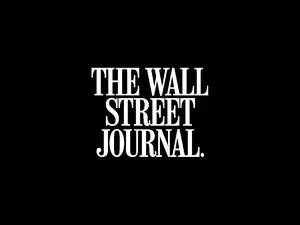Italian: Related Content

During Spring 2019, Barbara Alfano’s Italian students capped off their term with the creation of the third issue of Occhio all’Italia, a yearly magazine devoted to Italian culture.

During Spring 2018, the students of Barbara Alfano’s class Unlocking Italian Culture II capped their second term of elementary Italian with the creation of the second issue of Occhio all’Italia.

During Spring 2017, the students of Barbara Alfano’s class Unlocking Italian Culture II capped their second term of elementary Italian with the creation of an original magazine: Occhio all’Italia.

It is at times the difficult search for understanding of cultural identity that brings artists to a stronger understanding of themselves and their work; their fragmented discoveries merit consideration of how they are externally perceived by the culture in which they have come to exist or identify, of how they choose to internally interpret shifting cultural identity, and of how all of this can affect artistic practice. My analysis is therefore an exploration of displacement, an attempt to dismantle the internal struggle of the individual, specifically of artists who are either Italian immigrants or Italian-American and who have been physically or metaphorically displaced from their homeland. The argument considers artistic interpretation of cultural identity at a physical and emotional remove, and looks historically to failed nationalist art movements in Italy.
—Anya Smith

My final project in the class America in Italy was a paper looking at relations between the United States and Italy by analyzing characters of a book, Vita by Melania Mazzucco, and a documentary about Italian immigration called Finding the Mother Lode by director-couple Gianfranco Norelli and Suma Kurien. I focused on the stories of women and connected their situations through my thesis, which was that female immigrants that had freed themselves from men were able to find independence and success. The relationship between characters from the book and from the documentary was interesting, and the importance of education for immigrants and especially for immigrant girls seemed to be the most important thing to emancipate the entire family.
–Lucia Pompetti

All’inizio del diciannovesimo secolo, il futurismo italiano, che veniva lanciato nel 1909 con il primo manifesto di Filippo Tommaso Marinetti, sembrava all’apice dell’arte avanguardista. Anche oggi, quando si pensa alla storia dell’arte e alla letteratura, il futurismo si distingue per il suo estremismo. Il futurismo si costituisce sul desiderio di cambiare il mondo distruggendo tutte le cose legate al vecchio modo di pensare e creare. Secondo i futuristi, il mondo in realtà è cambiato ed è dovere dell’artista di rappresentare fedelmente questo cambiamento.
–Nicole Gounalis

Barbara Alfano published an essay on Elena Ferrante’s La Frantumaglia: A Writer's Journey, in Stanford’s Arcade in response to Claudio Gatti's exposé of Elena Ferrante’s identity.

Barbara Alfano spoke with alumna Ann Goldstein '71 about her translating for Elena Ferrante.

Prashansa Taneja '16 has been named a 2016 Davis Peace Fellow by Middlebury Language Schools. The fellowship will allow Prashansa to spend seven weeks this summer studying Italian at Mills College in Oakland, CA.

The Wall Street Journal profiles Ann Goldstein '71, who translated works by Elena Ferrante, Jhumpa Lahiri and Primo Levi, and has become a rare celebrity among translators.

Barbara Alfano brings a background in journalism, translation, and short-story writing in Italian to her study of 20th- and 21st-century Italian fiction.